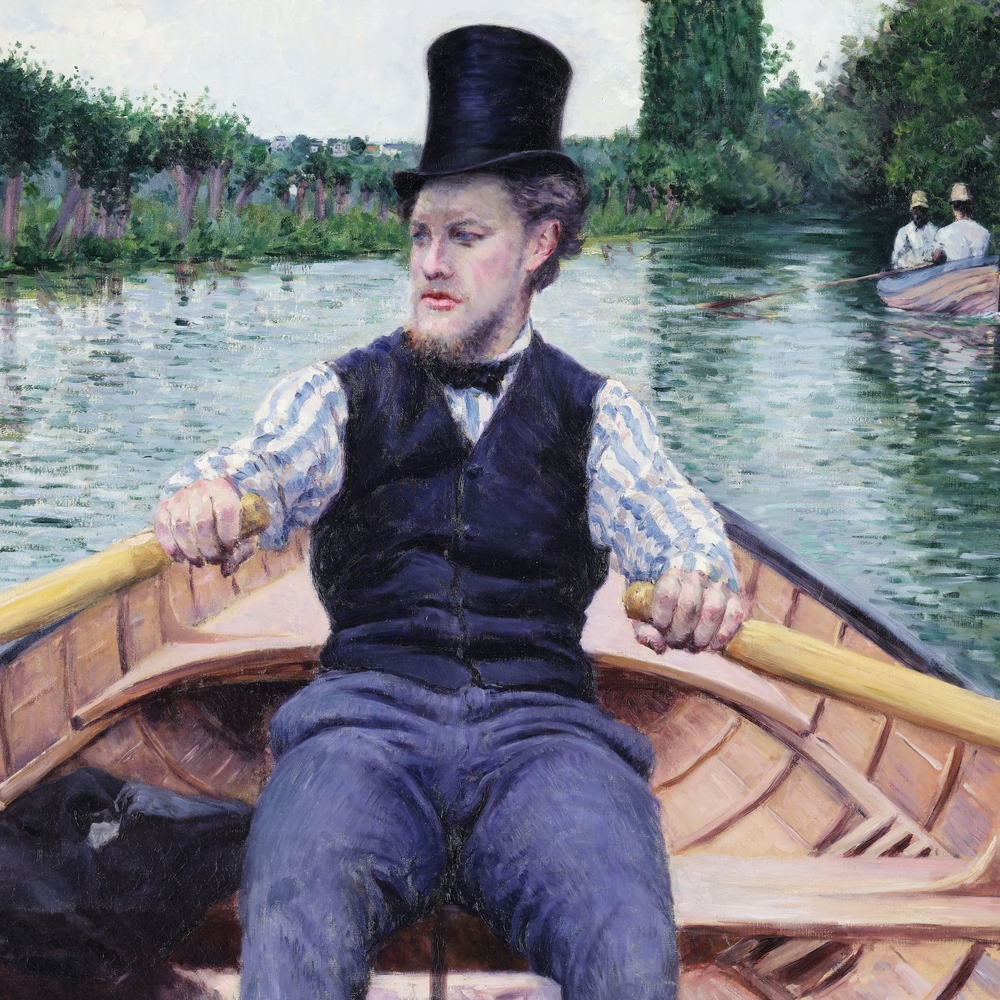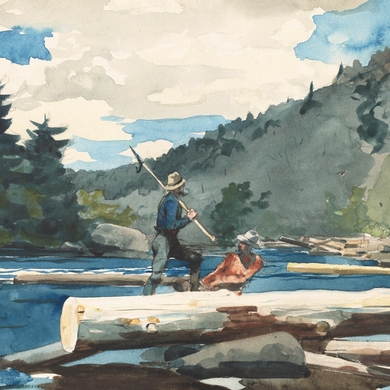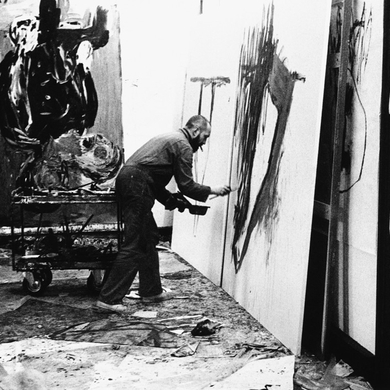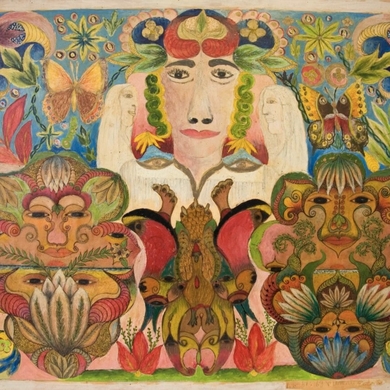In February 1876, Pierre-Auguste Renoir invited Gustave Caillebotte to take part in the second Impressionist exhibition—a follow-up to the group’s scandalous debut in 1874, which had no jury, no prize, and threw open its arms to radical painters rejected by the state-sponsored Salon, artists such as Claude Monet and Paul Cézanne. Caillebotte, a 27-year-old former soldier and a qualified lawyer, had only been studying at Paris’s École des Beaux-Arts for three years. But his breakout work, The Floor Scrapers—daring in its perspective, vivid colors, and salacious subject of half-naked male laborers—was progressive enough to be denied by the Salon in 1875. The Salon’s loss was Impressionism’s gain. Caillebotte has now entered the canon as a serious artist, and recently a major exhibition of his work appeared at the Getty, the Musée d’Orsay, and the Art Institute of Chicago. In this special exhibition at Espace Louis Vuitton New York, two Caillebotte masterpieces will be in dialogue: Young Man at His Window (1876) and Boating Party (1877–78). —Harry Seymour
Arts Intel Report
Gustave Caillebotte: Young Man at His Window / Boating Party

Gustave Caillebotte, Boating Party, c. 1877–78.
When
Until Nov 16
Where
Etc
RMN-Grand Palais (Musée d’Orsay) Franck Raux



